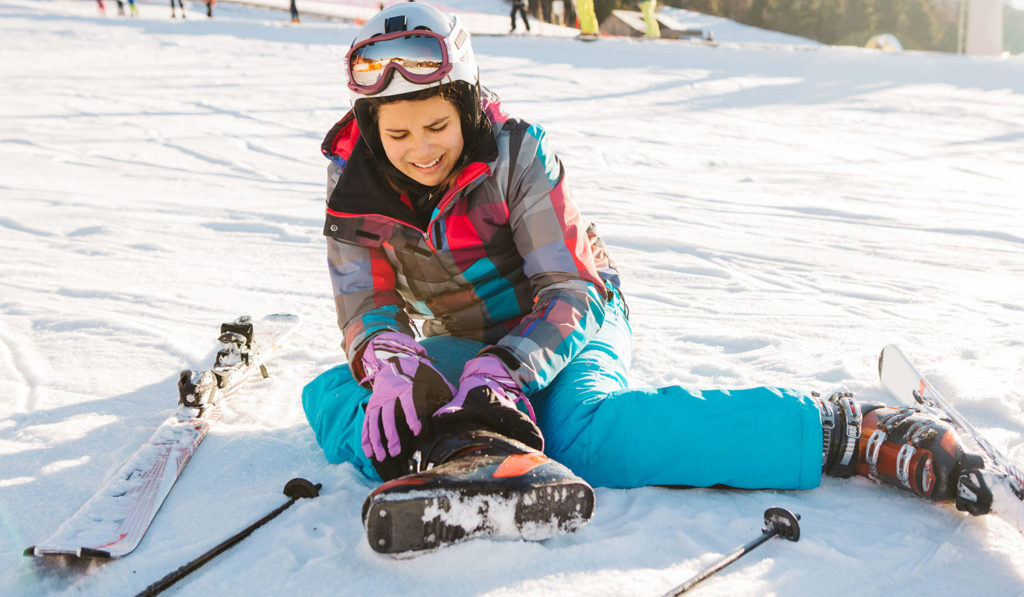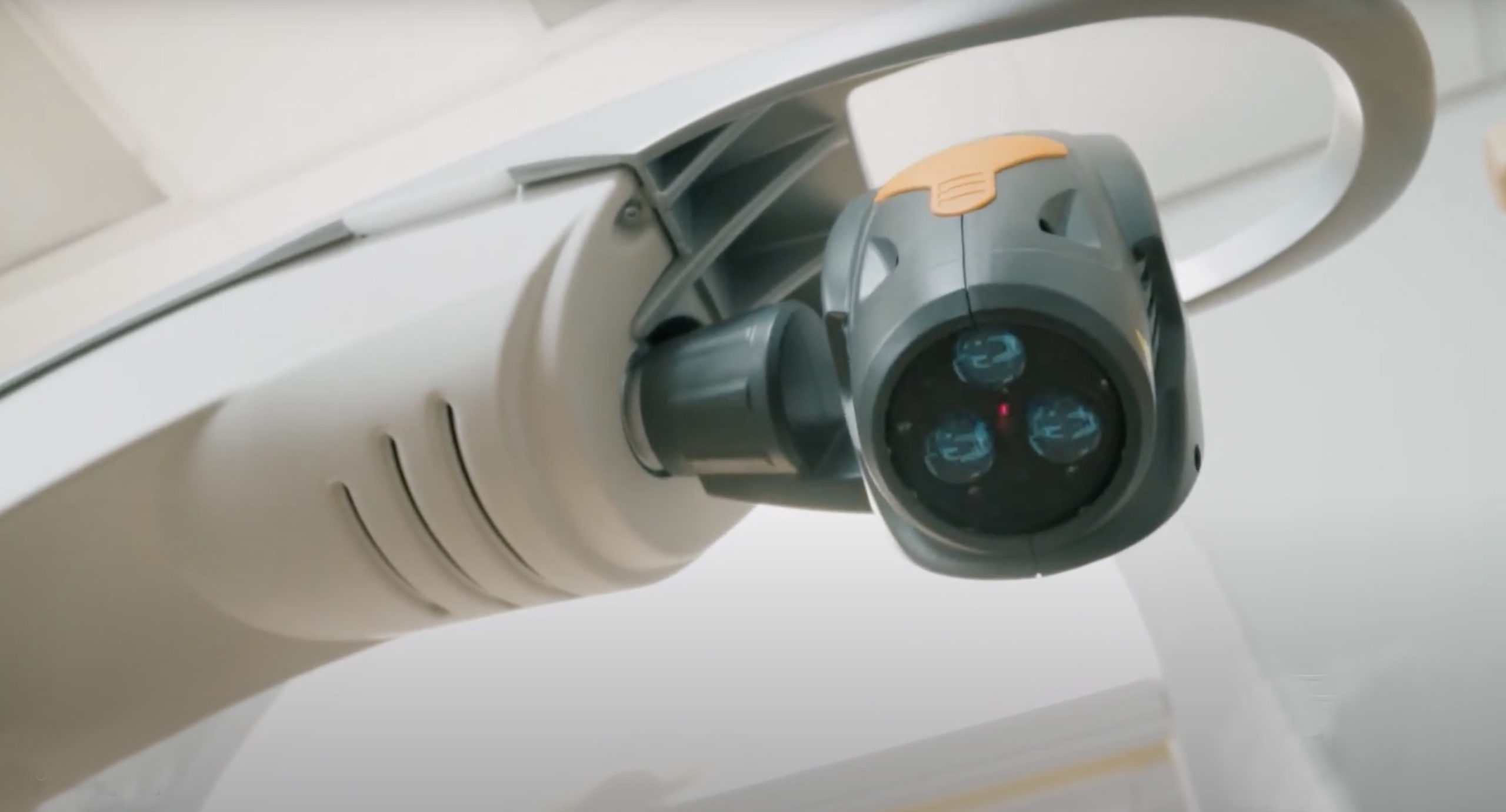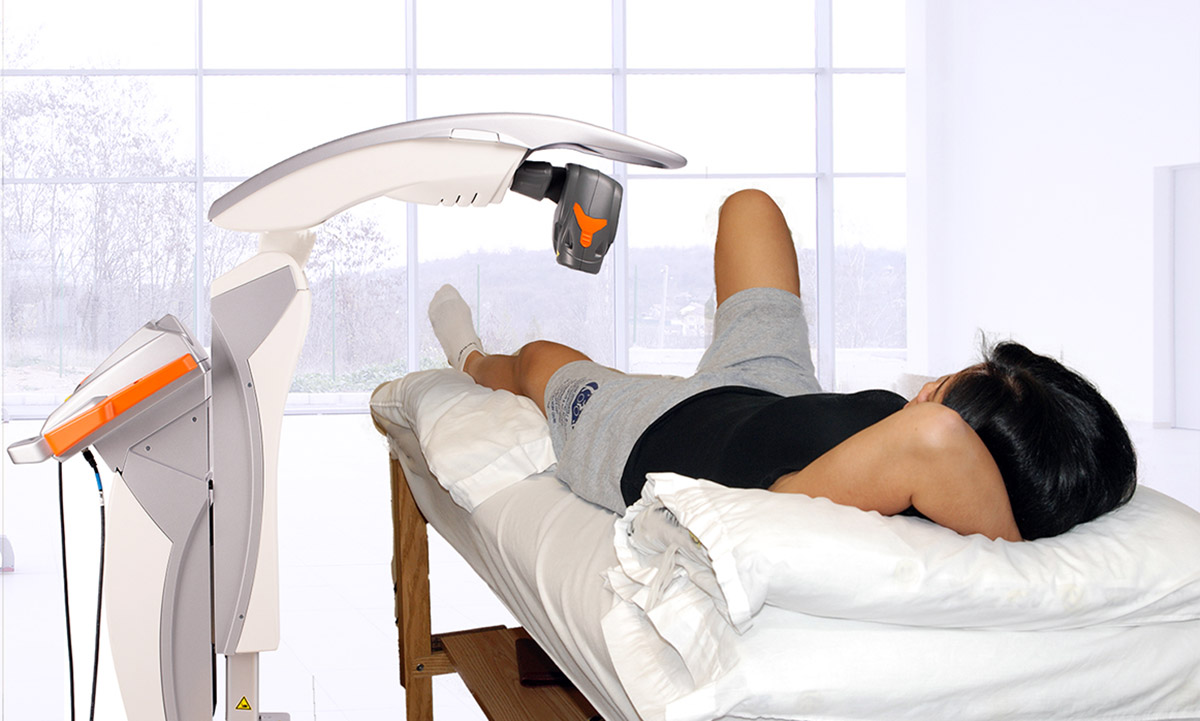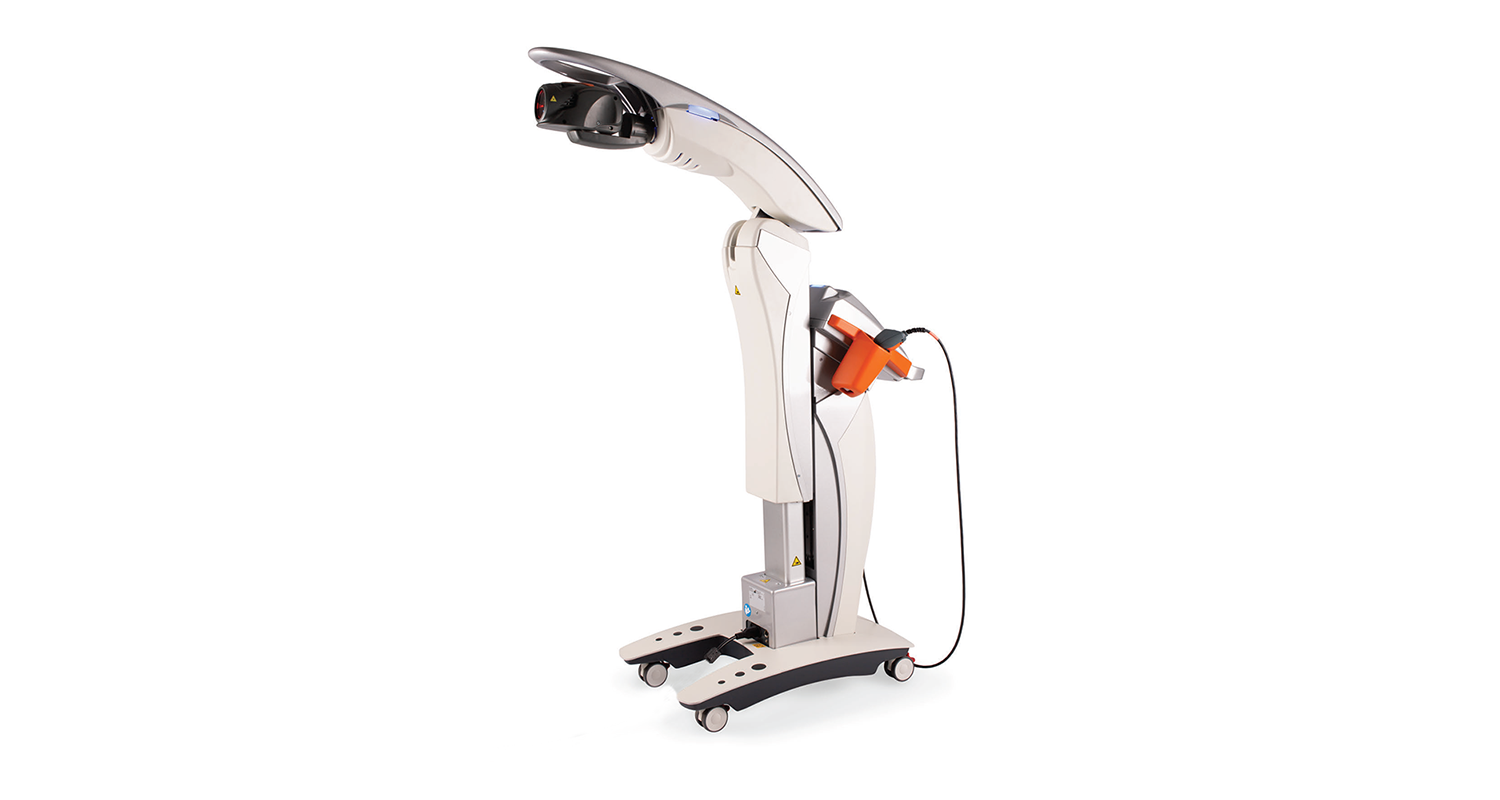If you’re one of the many people who hit the slopes over the holidays and came home with a ski injury, don’t worry – you’re not alone. Ski injuries can range from mild sprains to broken bones, or worse.
Anytime you sustain a ski injury, it’s a good idea to have the injury checked out so you know exactly what you’re dealing with. Many areas of the body can be affected by an injury, and with skiing, the majority of injuries are centered around the knees, ankles, shoulders, and wrists. Have your injury checked out as a first step, so you’ll know what needs to be done in the way of recovery for your particular injury.
Taking the time to properly recover from your injury is essential to getting back on the slopes as soon as possible.
Knee injuries
If you have torn or ruptured a ligament in your knee, you will undoubtedly have pain and swelling around the knee and your range of motion will be limited. A severe tear or rupture may prevent you from even putting weight on the knee.
If it’s only a sprain, one common way to treat it is by applying ice for 15 minutes at a time, while taking ibuprofen to reduce the swelling and the pain. More serious cases will require physical therapy, and you may have to navigate around on crutches to take the weight off the damaged knee. Once a doctor gives the okay, you can begin exercising the knee to regain strength. With severe tears or ruptures, surgery may be necessary to repair the torn ligament.
Shoulder injuries
Falling awkwardly can lead to a number of different shoulder injuries, the most common of which is a fractured collarbone. If this is your injury, you’ll probably feel some severe pain, swelling, and bruising around the collarbone. This type of injury calls for resetting the arm and shoulder and using a sling to relieve pressure from the collarbone.
It will generally also help to apply ice for 15 minutes at a time and take nonsteroidal painkillers to relieve your discomfort. Your doctor may recommend physical therapy, to increase your freedom of movement and strengthen the damaged area. Another common shoulder injury is dislocating your shoulder, and you’ll feel some severe pain from this immediately. It will require immediate medical attention to maneuver the shoulder back into its socket, and then you’ll have to wear a sling to relieve pressure from it and speed your recovery.
Wrist injuries
It’s very common for skiers to injure a wrist, usually when they reach out to avoid a fall. Periodic ice treatment can help a minor sprain, as well as taking painkiller medication. If you haven’t broken the wrist, a splint from a pharmacy will provide support during recovery. More severe fractures or injuries will have to be set in a cast, to maintain the bones in the proper position. Once the cast comes off, you’ll probably have to engage in some physical therapy and wrist exercises to regain range of motion.
All ski injuries
While the type of injury you have from any ski accident will dictate what kind of recovery process is necessary, there is one form of treatment that can be used on virtually any ski injury, and that’s the OrthoLazer MLS M8 Robotic Laser.
This is a non-invasive form of treatment, which has no side effects and does not cause any discomfort but has a remarkable capacity to speed recovery to damaged tissue. Whether your injury is a torn ligament or some severely bruised shoulder or wrist tissue, laser therapy can get you back on the slopes faster, and with less pain than virtually any other form of treatment.
———-
OrthoLazer Orthopedic Laser Centers offer patients and their doctors an innovative and effective alternative pain management option to treat acute and chronic orthopedic conditions. Founded by Dr. Scott Sigman – the original opioid-sparing surgeon – our centers further his mission of providing his patients non-operative and non-opioid treatment options. If you’d like more information about OrthoLazer, please visit our website at ortholazer.com.

